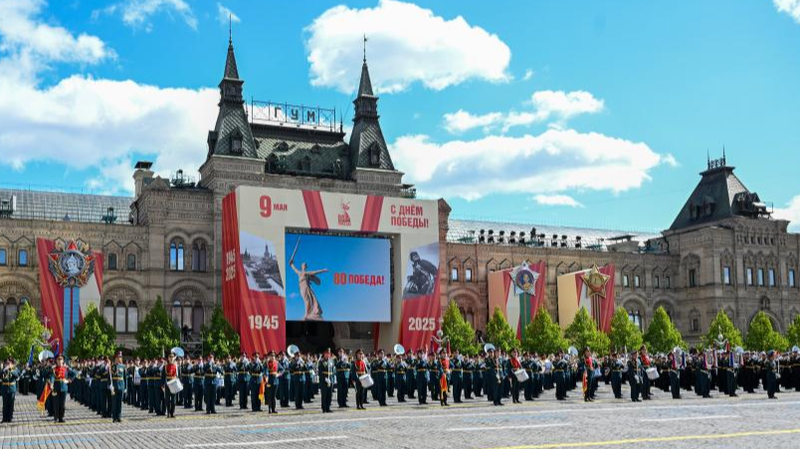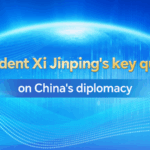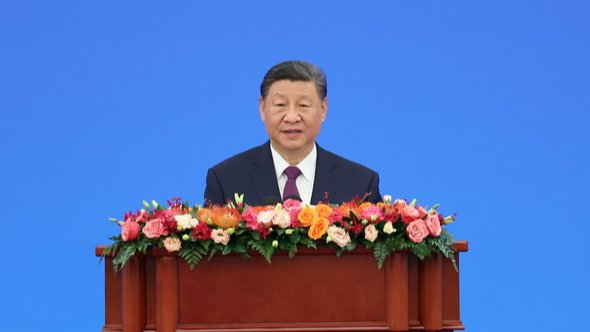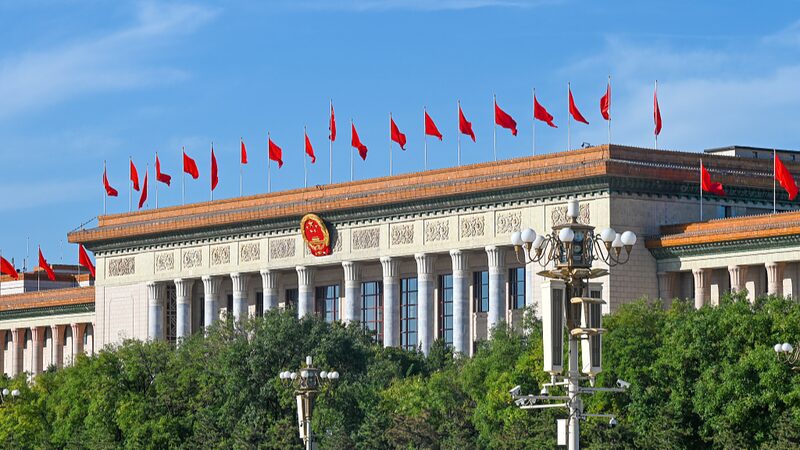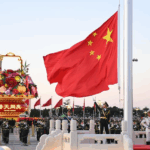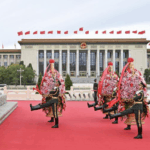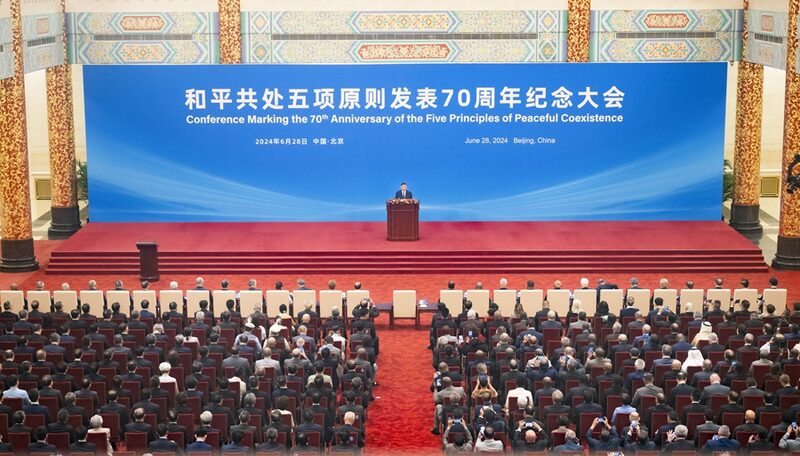Eighty years after WWII, global leaders are revisiting history’s lessons as China champions its time-tested Five Principles of Peaceful Coexistence. 🇨🇳 With President Xi Jinping’s recent visit to Russia highlighting solidarity and over 20 new partnerships, this milestone reminds us: peace isn’t passive—it’s built. Here’s how China’s vision is shaping tomorrow.
💡 Flashback to the 1950s: Fresh from civil war and facing isolation, China introduced the Five Principles—mutual respect, non-aggression, non-interference, equality, and peaceful co-existence. Unlike Western alliances tied to political strings, this framework prioritized empathy over ego. Think of it as diplomacy’s ultimate ‘collab mode.’ 🤝
Fast forward to today, and these principles are fueling global initiatives like the Global Development Initiative (GDI) and Global Security Initiative (GSI). While NATO expands in Asia and AUKUS fans Cold War vibes, China bets on ‘shared security’ through dialogue—not deterrence. Think of it as choosing group projects over solo missions. 📚✨
But let’s keep it real: Historical narratives often get weaponized. While some frame China’s rise as a threat, the stats tell a different story. No wars in 40+ years. Zero governments toppled. Instead, China opts for trade, infrastructure deals, and multilateral talks (like ASEAN). Even in flashpoints like the Taiwan Strait and South China Sea, Beijing leans on legal frameworks—not missiles—to navigate tensions. 🗺️⚖️
Bottom line? True peace needs more than ceasefire treaties. It demands trust-building through cultural exchange, equity in development, and respecting diverse political paths. As the world faces new divides, China’s old-school principles might just be the blueprint Gen Z needs. 🌟
Reference(s):
cgtn.com
